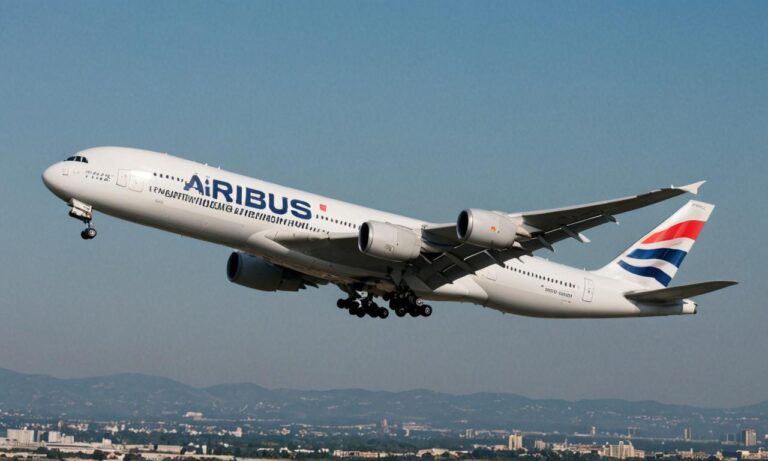When it comes to Airbus planes, size matters. From the compact regional jets to the colossal double-decker A380, Airbus has a diverse range of aircraft catering to different passenger capacities and operational requirements. In this comprehensive guide, we delve into the various Airbus planes categorized by size.
Small Jets
Starting at the smaller end of the spectrum, Airbus produces several models suited for regional flights and short-haul journeys. The Airbus A220, formerly known as the Bombardier C Series, is a twin-engine jet designed for routes with fewer passengers. With seating configurations typically accommodating around 100 passengers, the A220 is renowned for its fuel efficiency and comfort.
Another notable mention in the small jet category is the Airbus A318. While it shares similarities with its larger siblings in the A320 family, the A318 is tailored for shorter runways and restricted airspace. Its compact size allows airlines to serve niche markets with limited infrastructure.
Medium-sized Aircraft
Stepping up in size, Airbus offers a range of medium-sized aircraft that strike a balance between capacity and range. The A320 family, including the A319, A320, and A321 variants, is a popular choice among airlines worldwide. These single-aisle jets can accommodate anywhere from 100 to 240 passengers, depending on the configuration.
The A320neo (New Engine Option) series introduces enhanced fuel efficiency and reduced emissions, making it a sustainable choice for airlines seeking to minimize their environmental footprint.
Wide-body Jets
For long-haul flights and high-capacity routes, Airbus manufactures a lineup of wide-body jets capable of carrying hundreds of passengers across continents. The A330 family encompasses the A330-200 and A330-300 models, offering flexibility in terms of range and seating capacity.
At the top end of the spectrum lies the iconic Airbus A380, the world’s largest passenger aircraft. With a double-decker layout and seating for up to 850 passengers in a single-class configuration, the A380 redefines air travel on a grand scale. Despite its impressive size, advanced aerodynamics and fuel-efficient engines ensure economical operations for airlines.
Ultra-long-range Jets
Finally, Airbus ventures into the ultra-long-range category with the A350 XWB (Extra Wide Body) series. These state-of-the-art aircraft combine advanced composite materials, aerodynamic design, and fuel-efficient engines to deliver unprecedented range capabilities. The A350-900 and A350-1000 variants cater to airlines looking to connect distant destinations non-stop, all while prioritizing passenger comfort and environmental sustainability.
In Conclusion
Airbus’s lineup of planes by size offers a solution for every aviation need, whether it’s regional connectivity, transcontinental flights, or ultra-long-range travel. By continuously innovating and adapting to market demands, Airbus remains at the forefront of the aviation industry, providing airlines and passengers with cutting-edge aircraft tailored to diverse requirements.
Environmental Sustainability
A key consideration in modern aircraft design is environmental sustainability. Airbus has made significant strides in this area across its entire range of planes. From the fuel-efficient engines of the A320neo series to the advanced composite materials used in the A350 XWB, environmental impact reduction is a central focus.
Carbon Footprint Reduction
One of the primary goals for Airbus is reducing the carbon footprint of air travel. This involves not only enhancing fuel efficiency but also exploring alternative propulsion technologies. Airbus is actively researching and developing electric and hybrid-electric propulsion systems to power future generations of aircraft, further minimizing emissions.
Frequently Asked Questions
| Question | Answer |
|---|---|
| How many passengers can the Airbus A380 accommodate? | The Airbus A380 can seat up to 850 passengers in a single-class configuration, making it the world’s largest passenger aircraft. |
| What is the range of the Airbus A350 XWB series? | The Airbus A350 XWB series has impressive range capabilities, allowing airlines to connect distant destinations non-stop. |
| How does Airbus address sustainability in its aircraft? | Airbus integrates various technologies and materials, such as fuel-efficient engines and advanced composites, to reduce environmental impact across its fleet. |






